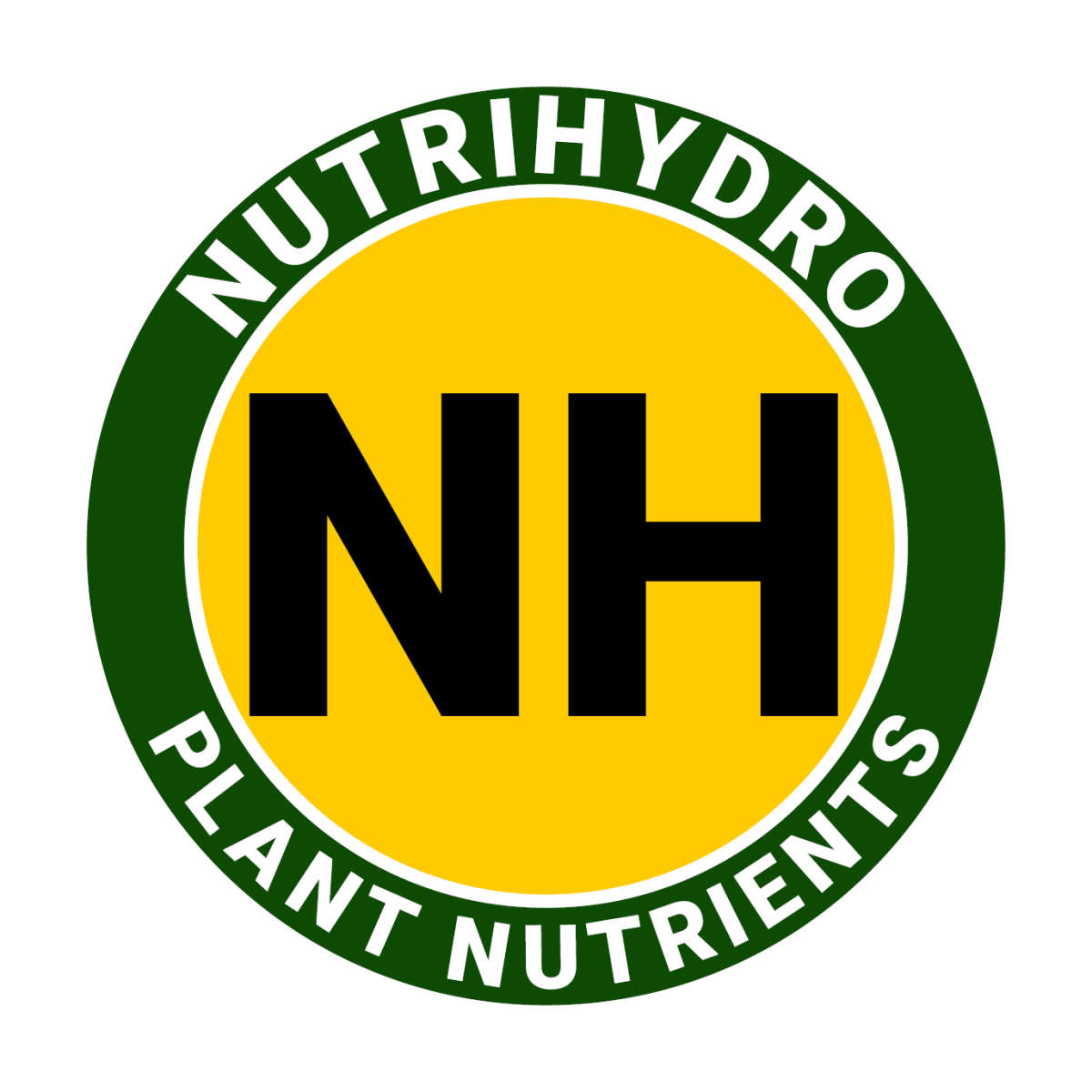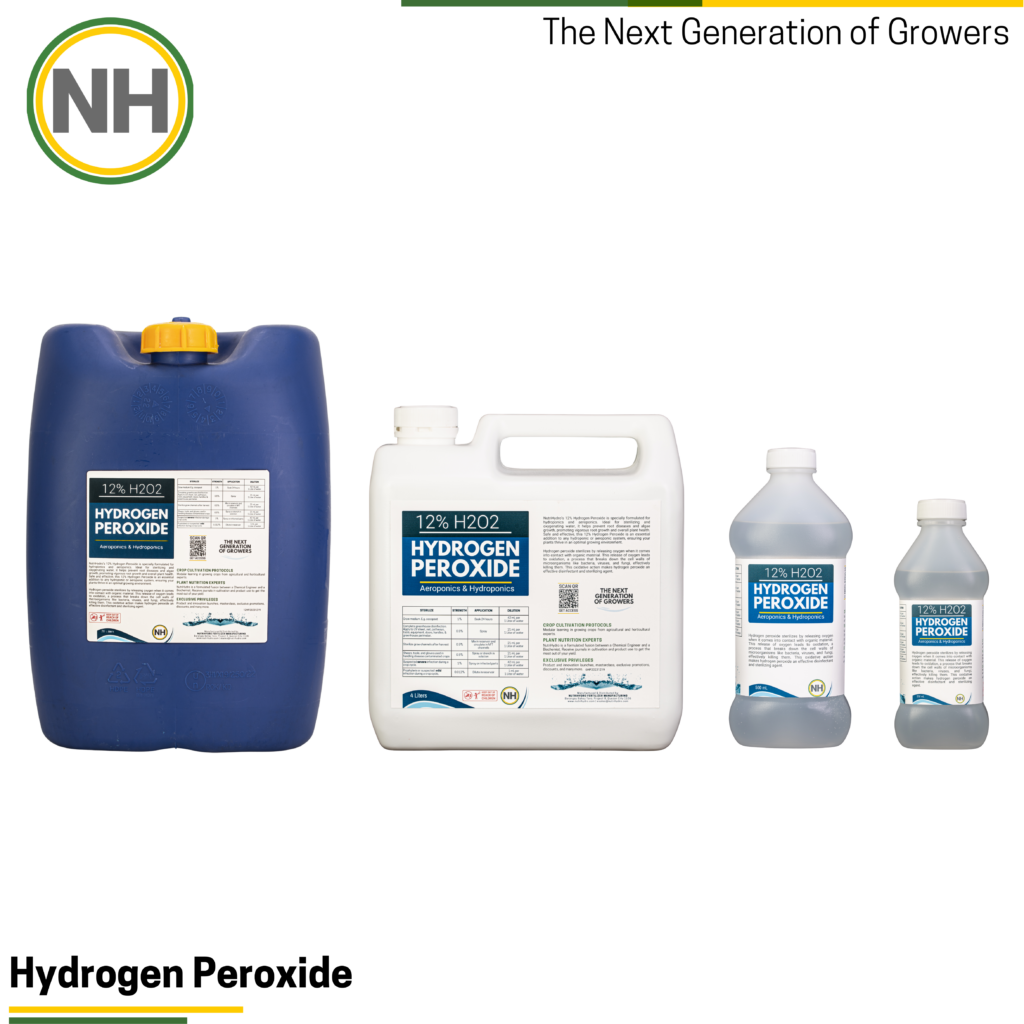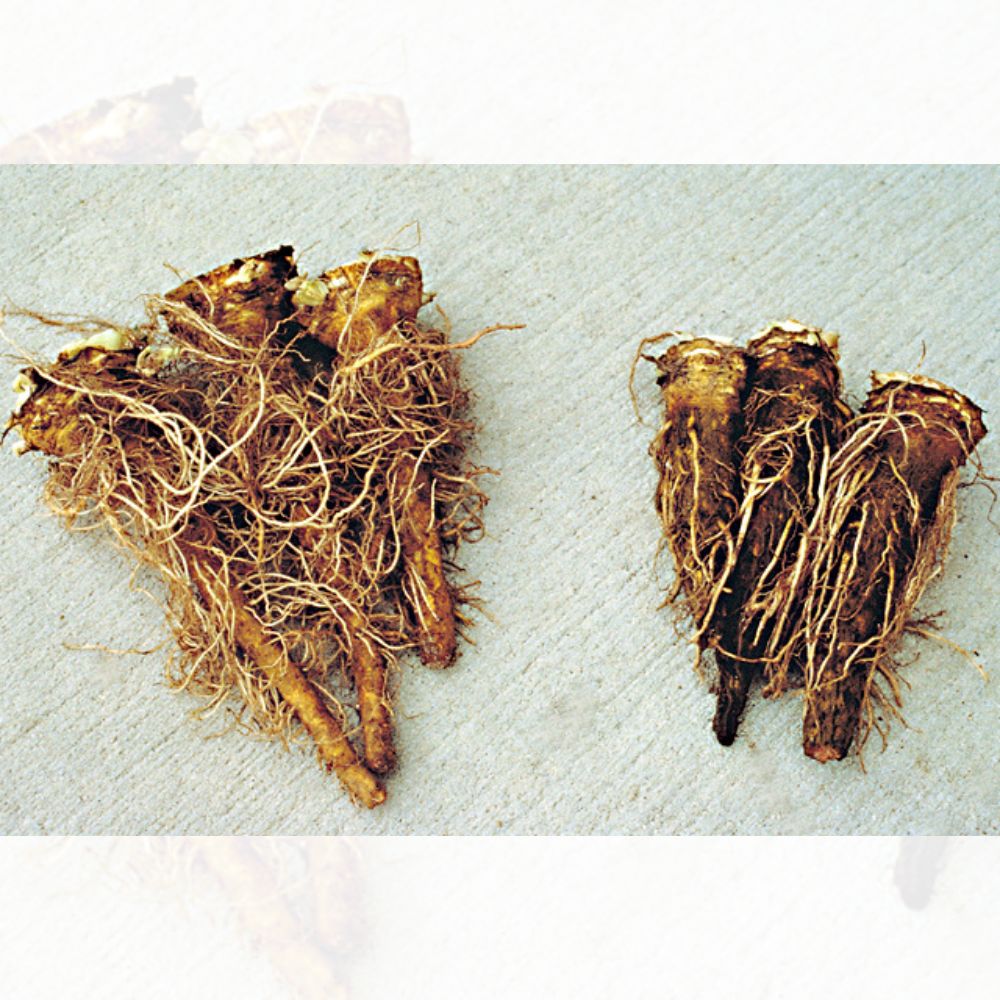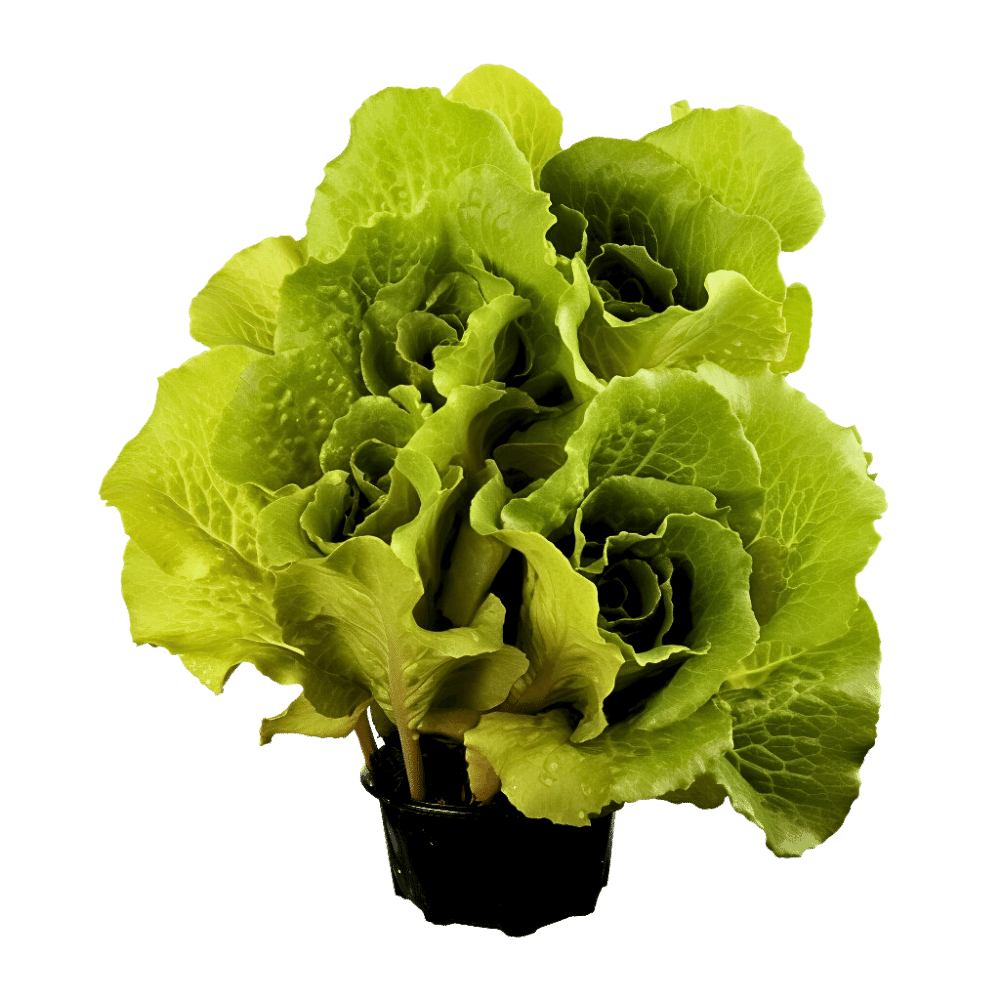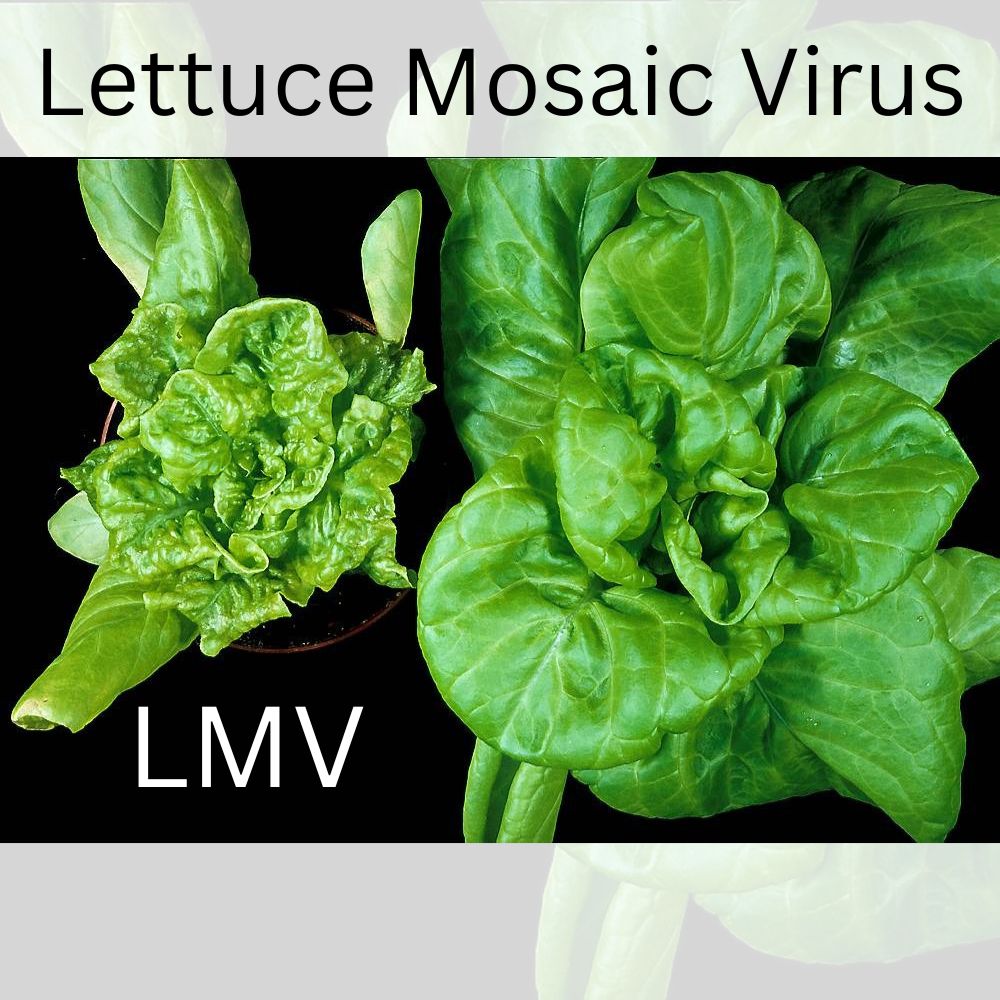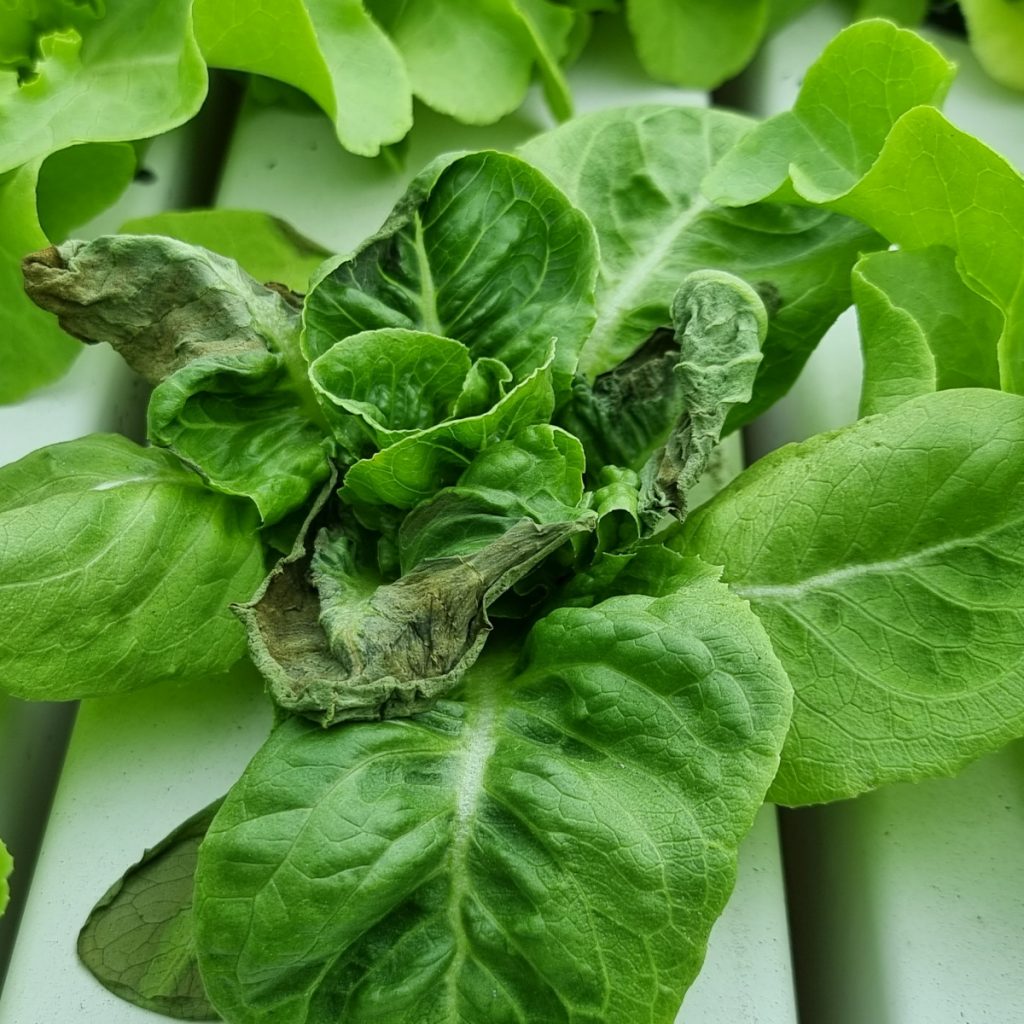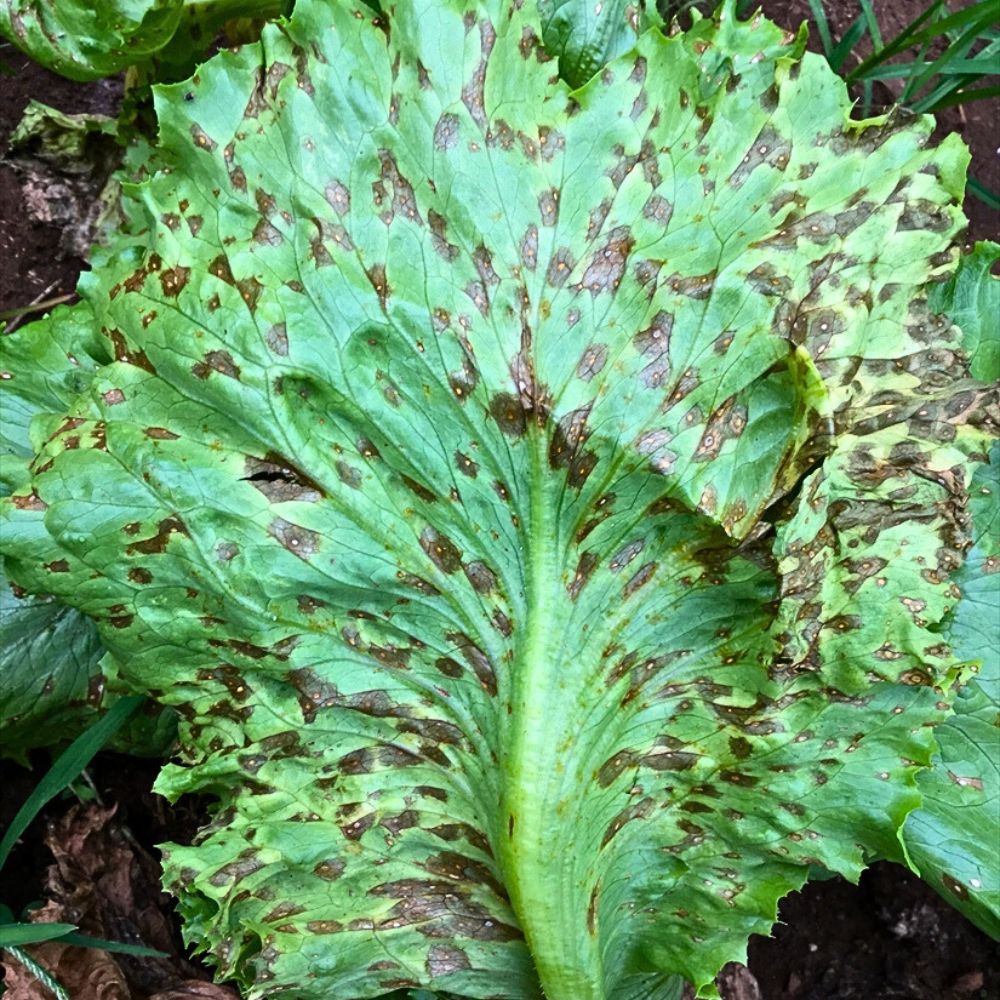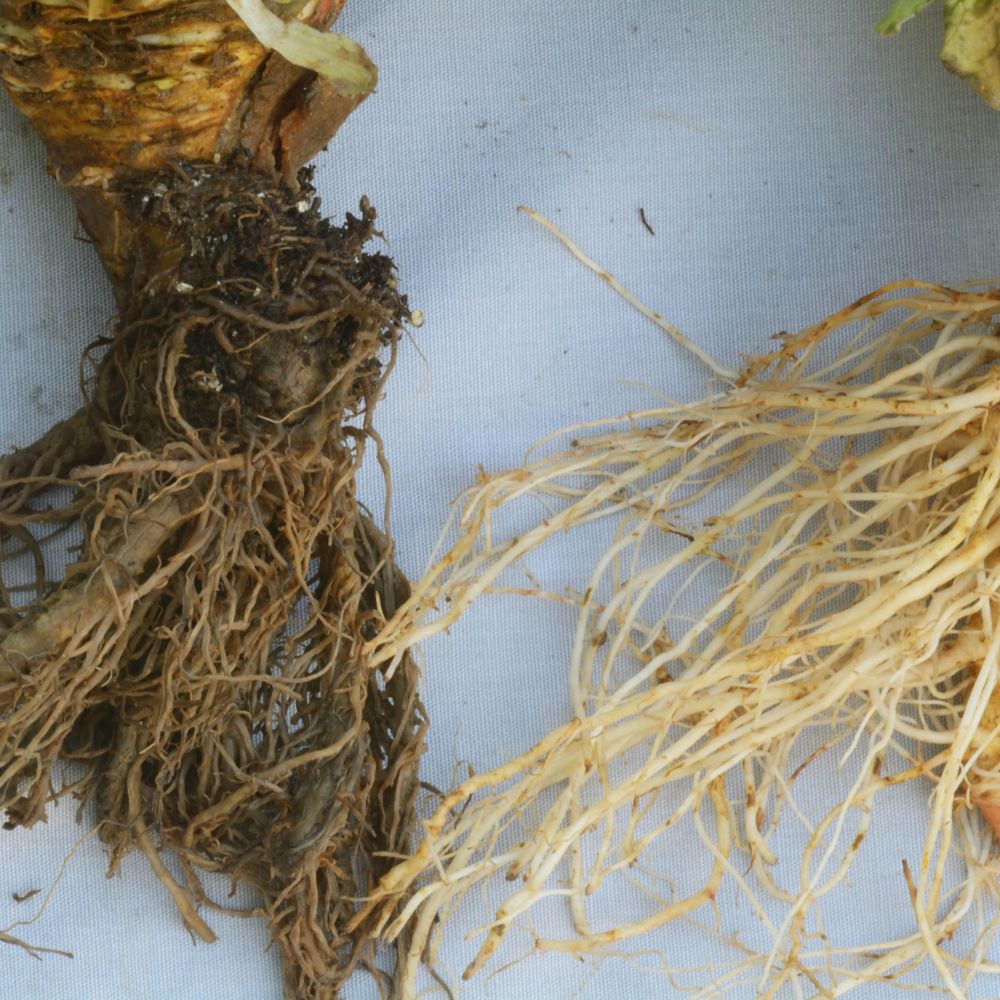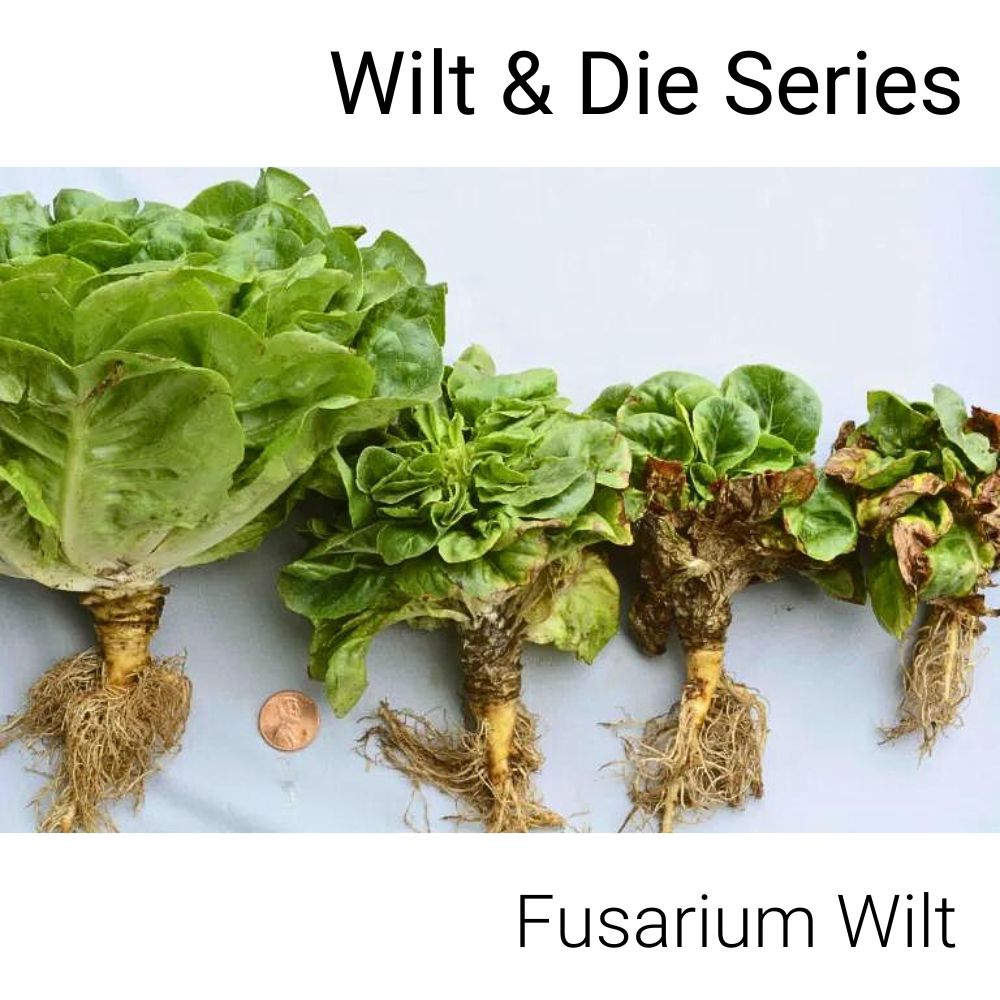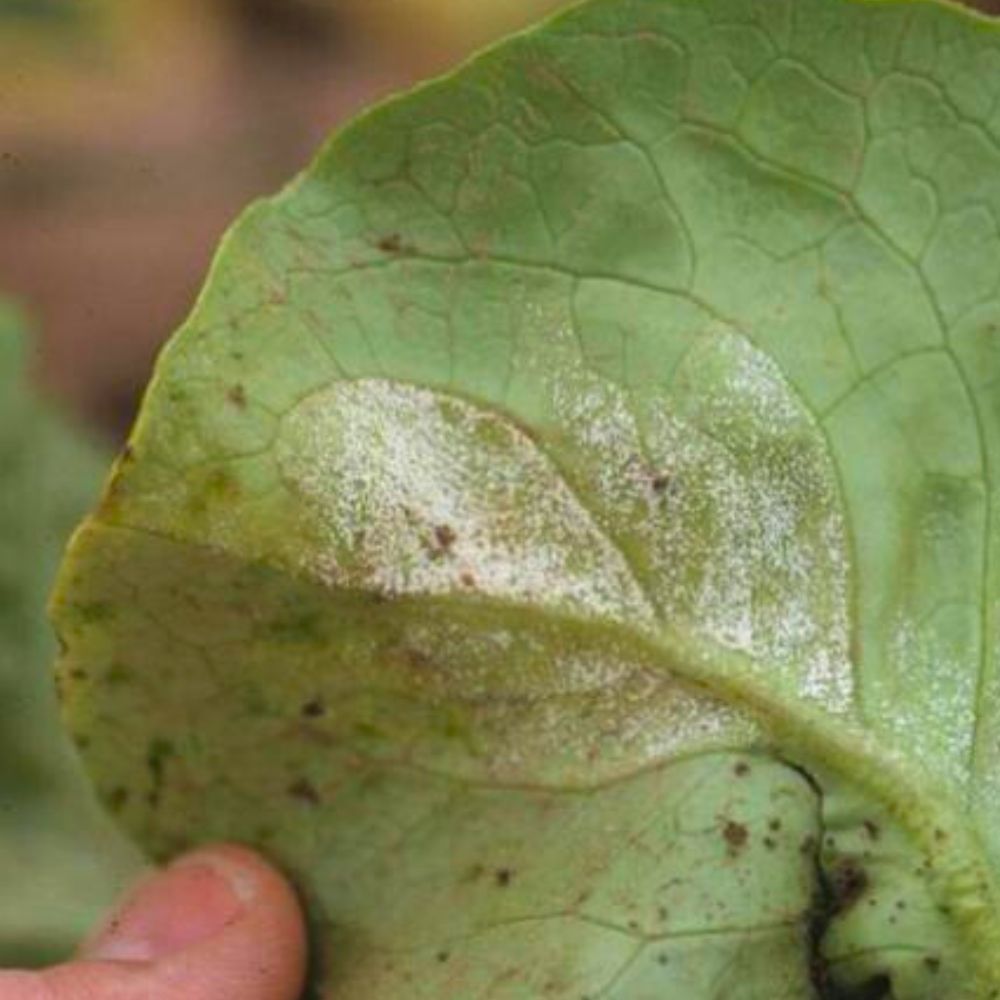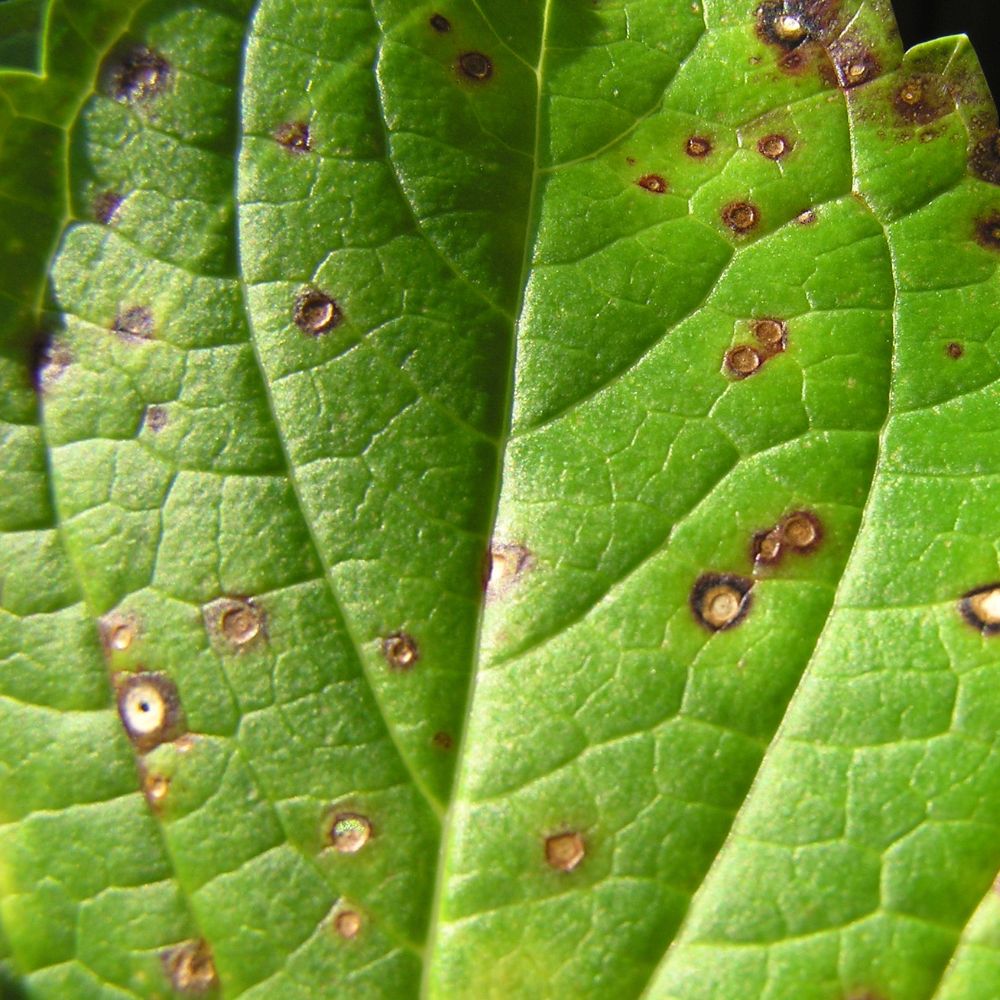Hydrogen Peroxide in Agriculture: A Proactive Approach to Farm Sanitation and Disease Prevention
Hydrogen Peroxide in Agriculture: A Proactive Approach to Farm Sanitation and Disease Prevention Managing pests and diseases is crucial for better harvests and healthier food. When it comes to agricultural pest management, the saying “prevention is better than cure” holds true. Most plant diseases are difficult to control once they are established, and often have […]
